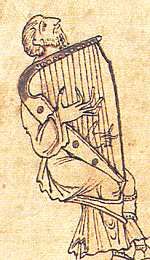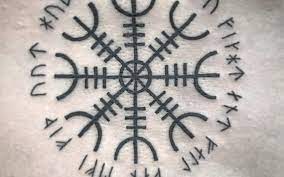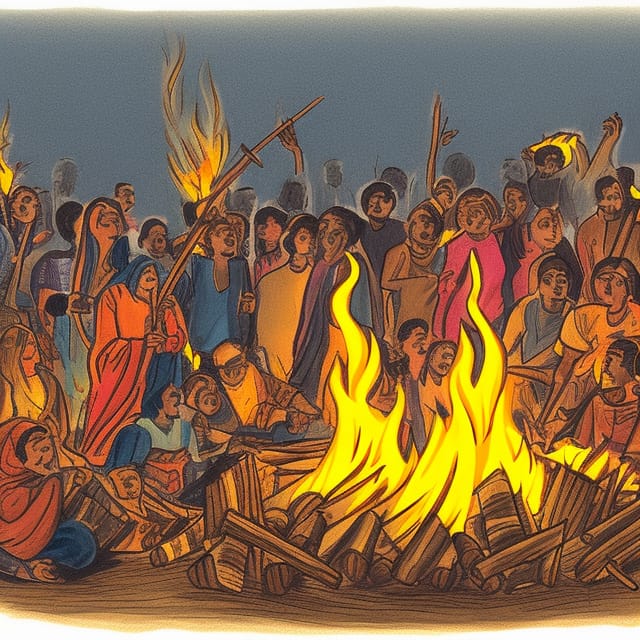Music has always played a significant role in human culture, and the Vikings were no exception. With their rich oral traditions and love for storytelling, the Vikings developed a vibrant musical heritage. At the heart of their musical expression was the Viking harpa, a unique stringed instrument that produced enchanting melodies. In this blog post, we will explore the music and repertoire of the Viking harpa, delving into its history, melodies, and the cultural significance it held in Norse society.
History of the Viking Harpa:
The Viking harpa, also known as the Viking harp or the Norse lyre, was a central instrument in Viking musical traditions. It evolved from earlier lyre-like instruments, with archaeological evidence suggesting its use as early as the 6th century AD. The harpa featured a resonating soundbox, a curved neck, and gut strings, which were plucked or strummed to create beautiful melodies.
Musical Repertoire:
Eddic Poetry:
The Eddas, ancient Icelandic poetic texts, contained mythological and heroic narratives that were often accompanied by music. Skalds, Viking poets, would recite these poems while playing the harpa, captivating audiences with tales of gods, heroes, and epic battles.
Traditional Folk Songs:
Viking communities had a rich tradition of folk songs that celebrated daily life, love, and nature. These songs were often passed down through generations and were performed with the accompaniment of the harpa. They provided a glimpse into the daily experiences and emotions of the Viking people.
Ritualistic Chants:
The Viking harpa was an integral part of religious ceremonies and rituals. Its ethereal melodies were believed to connect the mortal realm with the divine. Chants and invocations accompanied by the harpa created an otherworldly atmosphere, allowing participants to commune with the gods and invoke their blessings.
Cultural Significance:
The music played on the Viking harpa held immense cultural significance. It was not only a form of entertainment but also a means of preserving history, passing down sagas, and reinforcing the communal identity of the Viking people. The melodies evoked a sense of nostalgia, patriotism, and the warrior spirit that defined Viking society.

Conclusion:
The music and repertoire of the Viking harpa offer a fascinating glimpse into the rich musical traditions of the Norsemen. From epic sagas and heroic tales to emotional folk songs and sacred chants, the melodies of the Viking harpa captivated audiences, preserving the history and cultural identity of the Viking people. Today, efforts are being made to revive and recreate these ancient melodies, allowing us to experience the enchanting music that once resonated through the Viking lands.
Works Cited:
Bagge, Sverre. Society and Politics in Snorri Sturluson's Heimskringla. University of California Press, 1991.
Kvilhaug, Maria. The Seed of Yggdrasill: Deciphering the Hidden Messages in Old Norse Myths. Fornalder Media, 2013.
Price, Neil S. The Viking World. Routledge, 2008.
Roesdahl, Else, and Wilson, David M. The Vikings. Penguin Books, 1998.
-
-
-
Related Links-
Shop Pendants

Shop Rings




Leave a comment
This site is protected by hCaptcha and the hCaptcha Privacy Policy and Terms of Service apply.